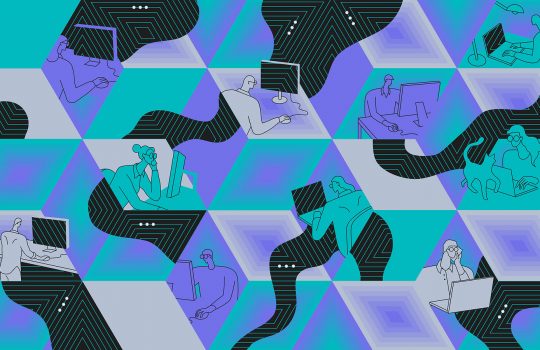Unified field theory: Einstein failed, but what’s the future?
From The Great Courses Daily, May 5, 2020: Fermilab scientist Dan Hooper writes about how Einstein’s failure in achieving a unified field theory didn’t stop the others. Physicists continue to search for a theory of everything that unites the effects of general relativity with the quantum mechanical nature of our world.

